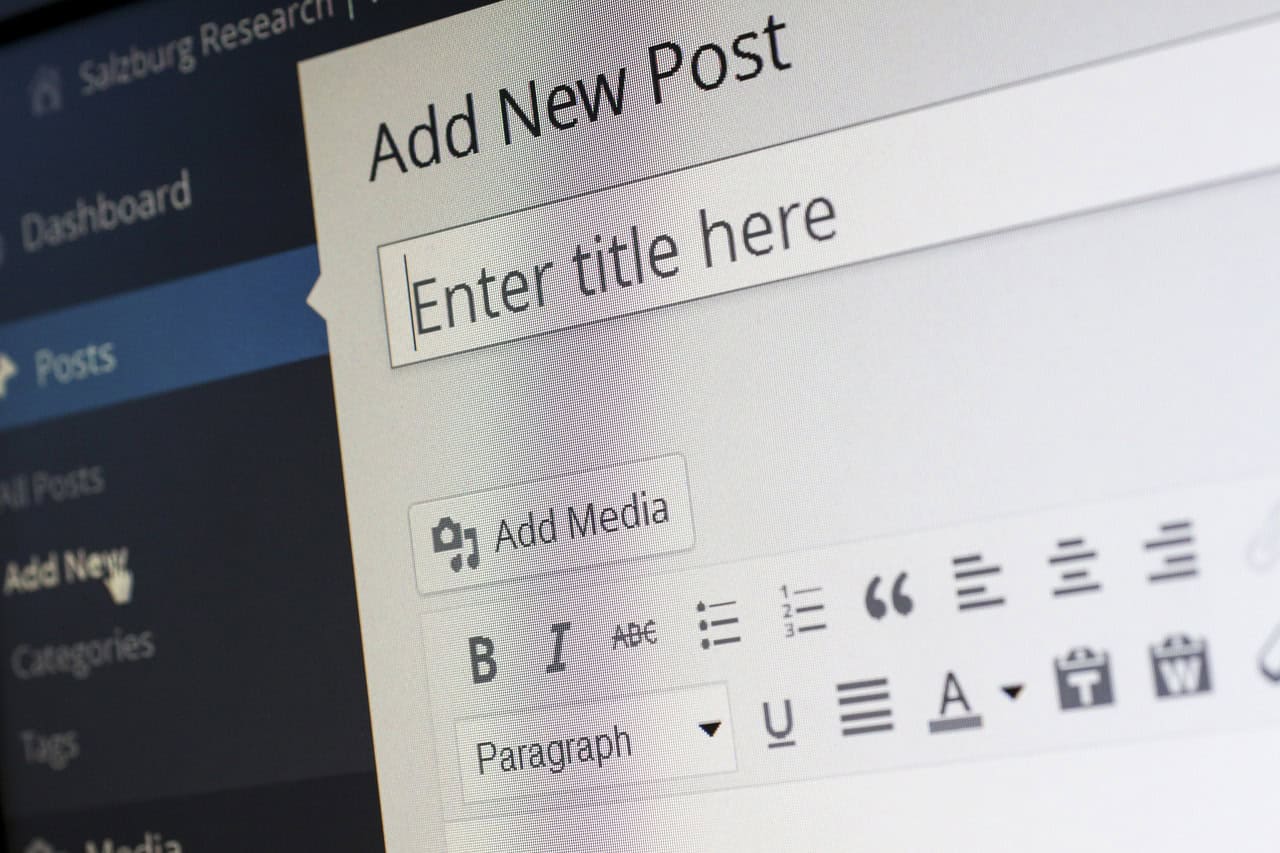7 minutes read
July 2, 2025
User Segmentation Strategies That Increase Push Notification ROI
The difference between successful and failed push notification campaigns often comes down to one critical factor: segmentation. Rather than broadcasting generic messages to all users, smart marketers use sophisticated segmentation strategies to deliver highly relevant, personalized notifications that drive action.


The Power of Segmentation in Push Notifications
Generic push notifications sent to all users typically see conversion rates of 1-2%. However, properly segmented campaigns can achieve conversion rates of 8-15% or higher. The difference lies in relevance—when users receive notifications that align with their interests, behaviors, and needs, they're significantly more likely to engage.
Segmentation transforms push notifications from interruptive broadcasts into valuable, personalized communications that users actually want to receive.

Behavioral Segmentation: The Foundation of Effective Targeting
Behavioral segmentation groups users based on their actions within your app or website. This approach is particularly powerful because it's based on demonstrated user preferences rather than assumptions.
Key Behavioral Segments
- New Users (0-7 days): Focus on onboarding and feature discovery
- Active Users (weekly engagement): Send content updates and new feature announcements
- Dormant Users (30+ days inactive): Use re-engagement campaigns with special offers
- Power Users (daily engagement): Provide exclusive content and beta features
- Feature-Specific Users: Target based on specific features they use most
Implementation Strategy
Track key user actions such as:
- App opens and session frequency
- Feature usage patterns
- Purchase history and timing
- Content consumption preferences
- Support ticket history
Create automated workflows that trigger notifications based on these behaviors, ensuring messages arrive at the most relevant moments.
Demographic and Geographic Segmentation
While behavioral data tells you what users do, demographic and geographic data helps you understand who they are and where they're located.
Demographic Considerations
- Age groups: Tailor messaging style and content to generational preferences
- Gender: Customize product recommendations and communication tone
- Income level: Adjust pricing strategies and promotional offers
- Occupation: Time notifications for optimal professional schedules
Geographic Targeting
- Time zone optimization: Send notifications at locally appropriate times
- Weather-based messaging: Trigger relevant content based on local conditions
- Cultural considerations: Respect local holidays and cultural norms
- Language preferences: Deliver notifications in users' preferred languages

Psychographic Segmentation: Understanding User Motivations
Psychographic segmentation goes beyond what users do and where they live to explore why they make decisions. This includes values, interests, lifestyle choices, and personality traits.
Psychographic Categories
- Value-driven users: Motivated by causes, sustainability, or social impact
- Convenience seekers: Prioritize efficiency and time-saving solutions
- Price-conscious users: Respond strongly to discounts and value propositions
- Innovation adopters: Excited by new features and cutting-edge technology
- Community-oriented users: Engage through social features and peer interactions
Data Collection Methods
Gather psychographic data through:
- In-app surveys and polls
- Social media integration and analysis
- Purchase pattern analysis
- Feature preference tracking
- Customer service interaction themes
Device and Technology-Based Segmentation
Technical factors can significantly impact how users interact with push notifications, making device-based segmentation crucial for optimization.
Device Characteristics to Consider
- Operating system: iOS vs. Android notification behavior differences
- Device type: Phone vs. tablet vs. desktop engagement patterns
- App version: Feature availability and performance variations
- Network connectivity: WiFi vs. mobile data usage patterns
- Battery optimization settings: Impact on notification delivery
Advanced Segmentation Techniques
Once you've mastered basic segmentation, consider these advanced approaches:
Lifecycle Stage Segmentation
Map users to specific stages in their customer journey:
- Awareness stage: Educational content and feature introductions
- Consideration stage: Comparison tools and trial extensions
- Purchase stage: Incentives and limited-time offers
- Retention stage: Loyalty programs and exclusive content
- Advocacy stage: Referral programs and community features
Predictive Segmentation
Use machine learning algorithms to predict future user behavior:
- Churn risk scoring
- Lifetime value predictions
- Purchase intent modeling
- Feature adoption likelihood

Creating Dynamic Segments
Static segments based on fixed criteria can become outdated quickly. Dynamic segmentation automatically updates user groups based on real-time behavior and characteristics.
Dynamic Segment Examples
- Recent purchasers: Users who made a purchase in the last 30 days
- Trending toward churn: Users showing declining engagement patterns
- High-value prospects: Users with increasing activity and engagement
- Feature experimenters: Users actively trying new app features
Measuring Segmentation Success
Track these key metrics to evaluate your segmentation strategy:
Engagement Metrics
- Open rates by segment: Measure notification relevance
- Click-through rates: Assess content effectiveness
- Conversion rates: Track desired action completion
- Time to action: Measure urgency and relevance
Retention Metrics
- Opt-out rates by segment: Identify over-messaging or irrelevant content
- App retention rates: Long-term engagement impact
- Session frequency changes: Notification influence on app usage
Implementation Best Practices
Successfully implementing segmentation requires careful planning and execution:
Start Simple, Then Iterate
Begin with 3-5 basic segments based on easily available data. Gradually add complexity as you gather more user information and prove the value of segmentation.
Ensure Data Quality
Implement robust data collection and validation processes. Poor data quality leads to ineffective segmentation and frustrated users.
Respect Privacy
Be transparent about data collection and use. Provide clear opt-out mechanisms and respect user preferences.
Test and Optimize
Continuously A/B test different segmentation approaches. What works for one user group may not work for another.
Common Segmentation Pitfalls
Avoid these common mistakes that can undermine your segmentation efforts:
- Over-segmentation: Creating too many small segments that lack statistical significance
- Segment overlap: Users fitting multiple segments receiving duplicate messages
- Static thinking: Failing to update segments as user behavior evolves
- Ignoring context: Not considering external factors that influence user behavior
Effective user segmentation is the key to unlocking the full potential of push notifications. By understanding your users' behaviors, preferences, and motivations, you can create highly targeted campaigns that drive engagement, reduce opt-outs, and ultimately improve your ROI. Start with basic demographic and behavioral segments, then gradually incorporate more sophisticated approaches as you learn what resonates with your audience.





